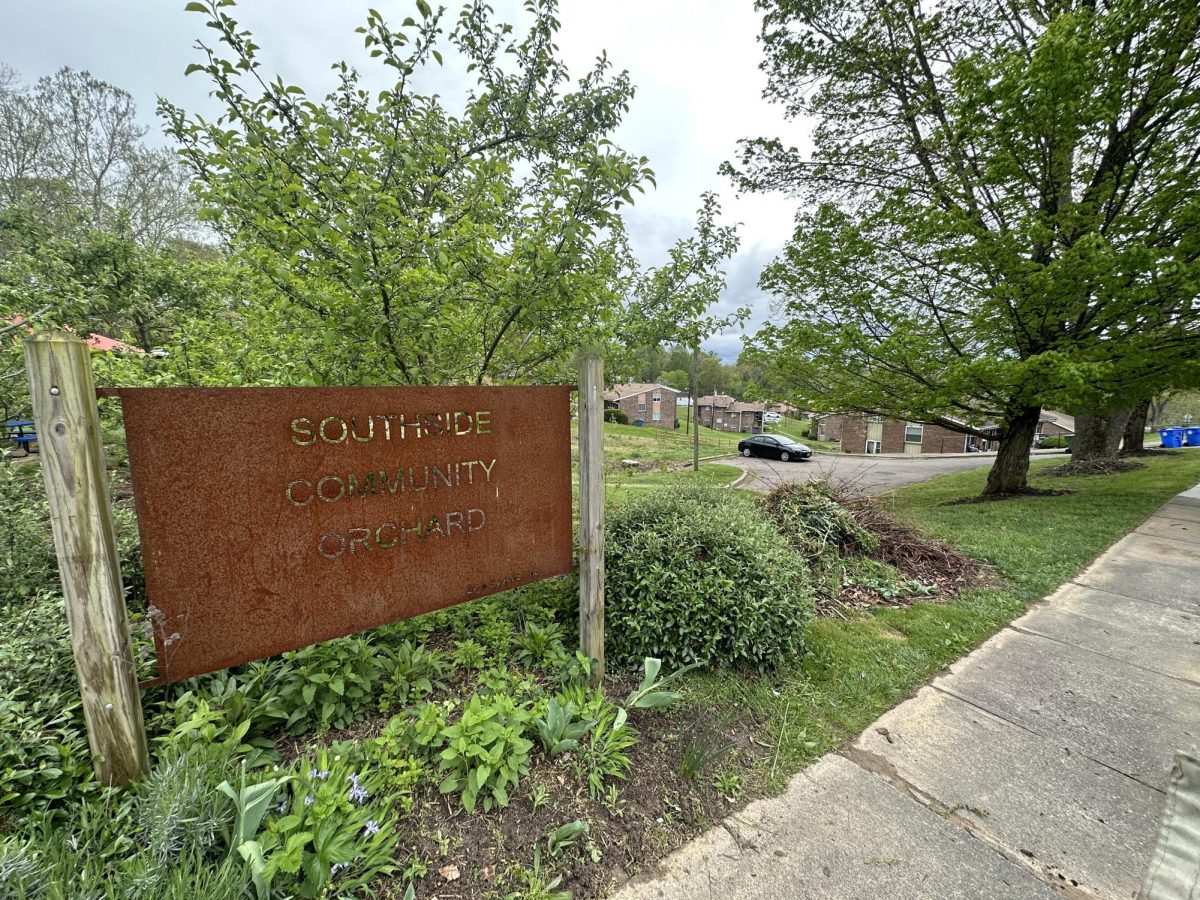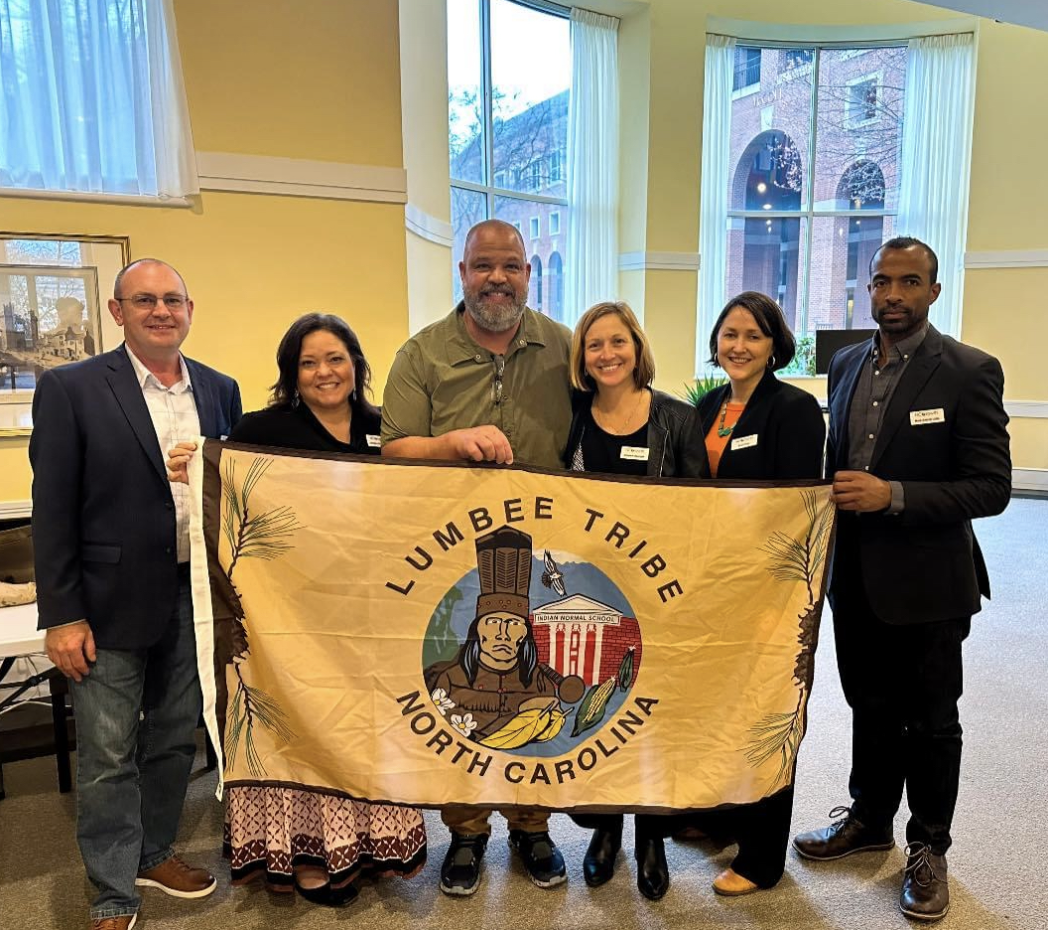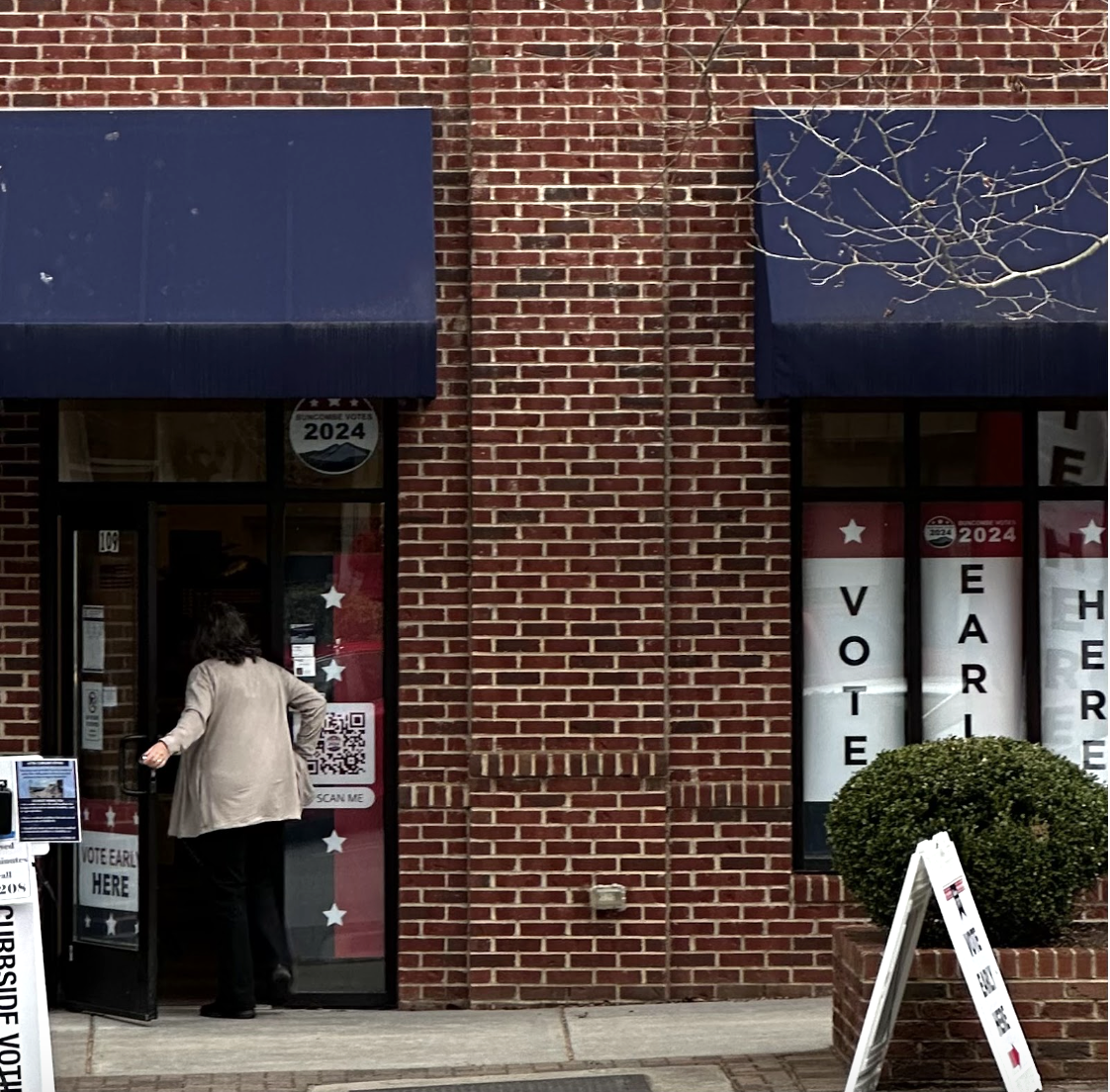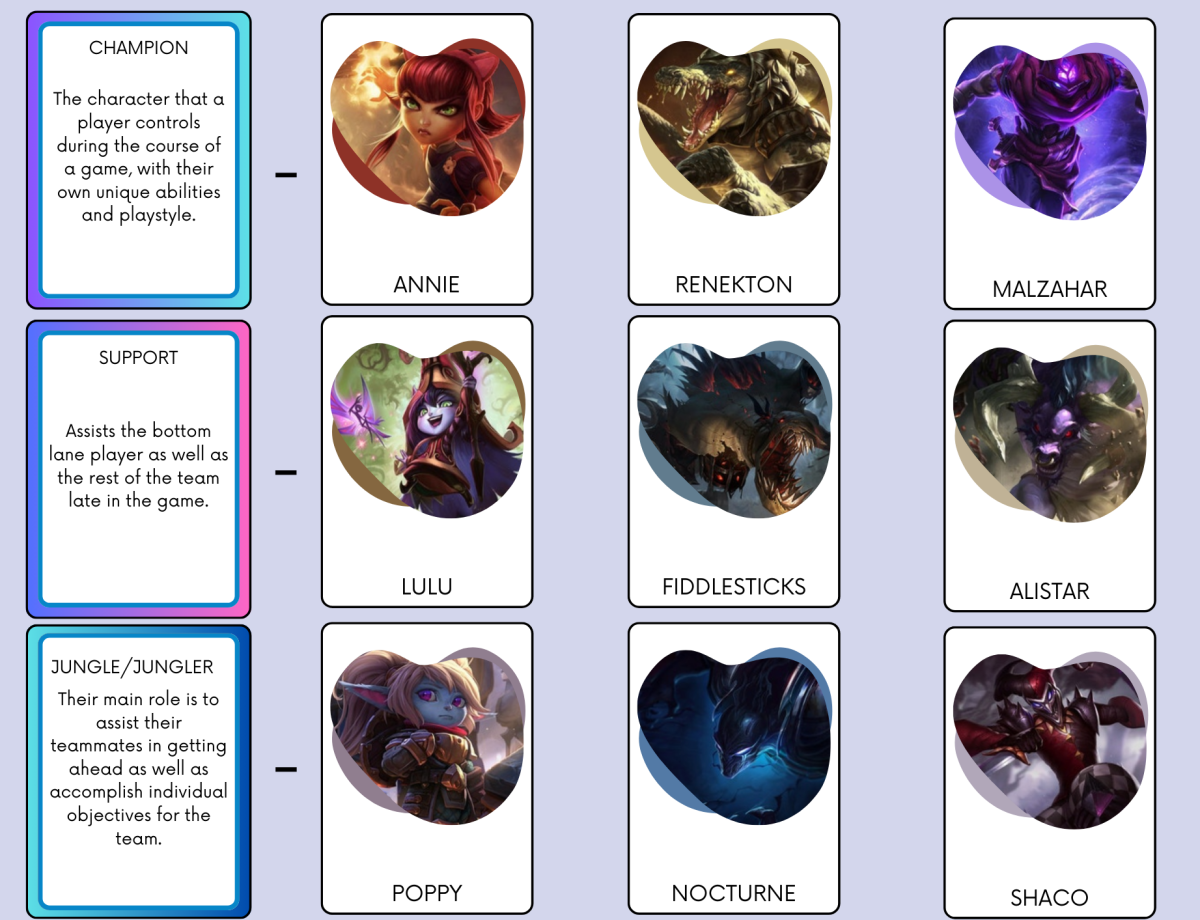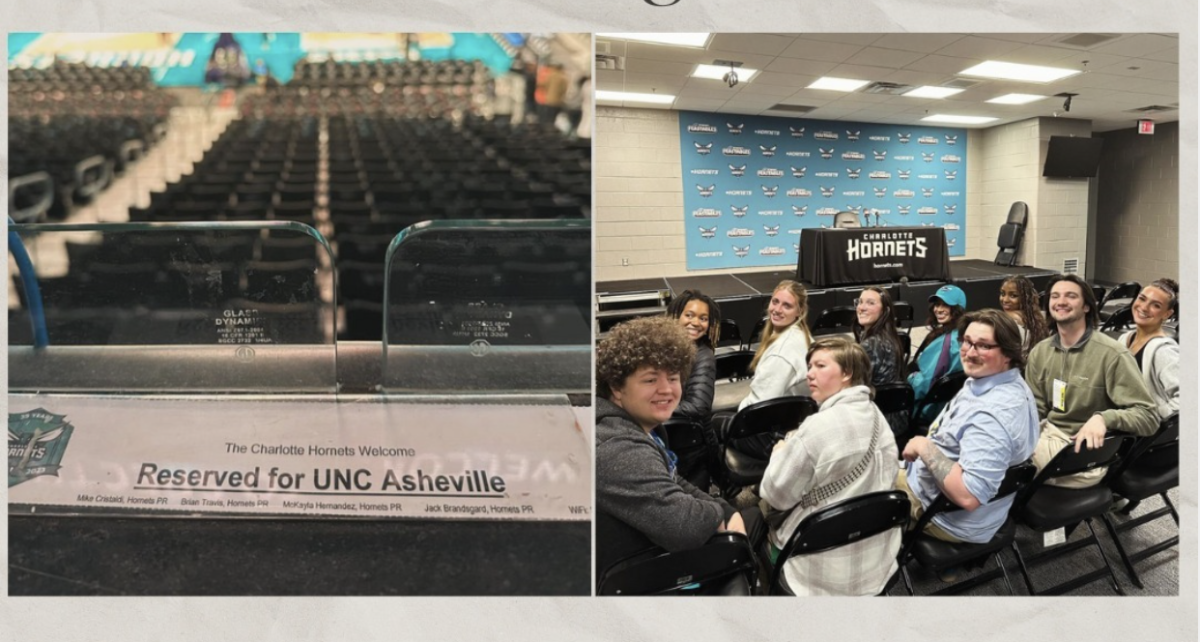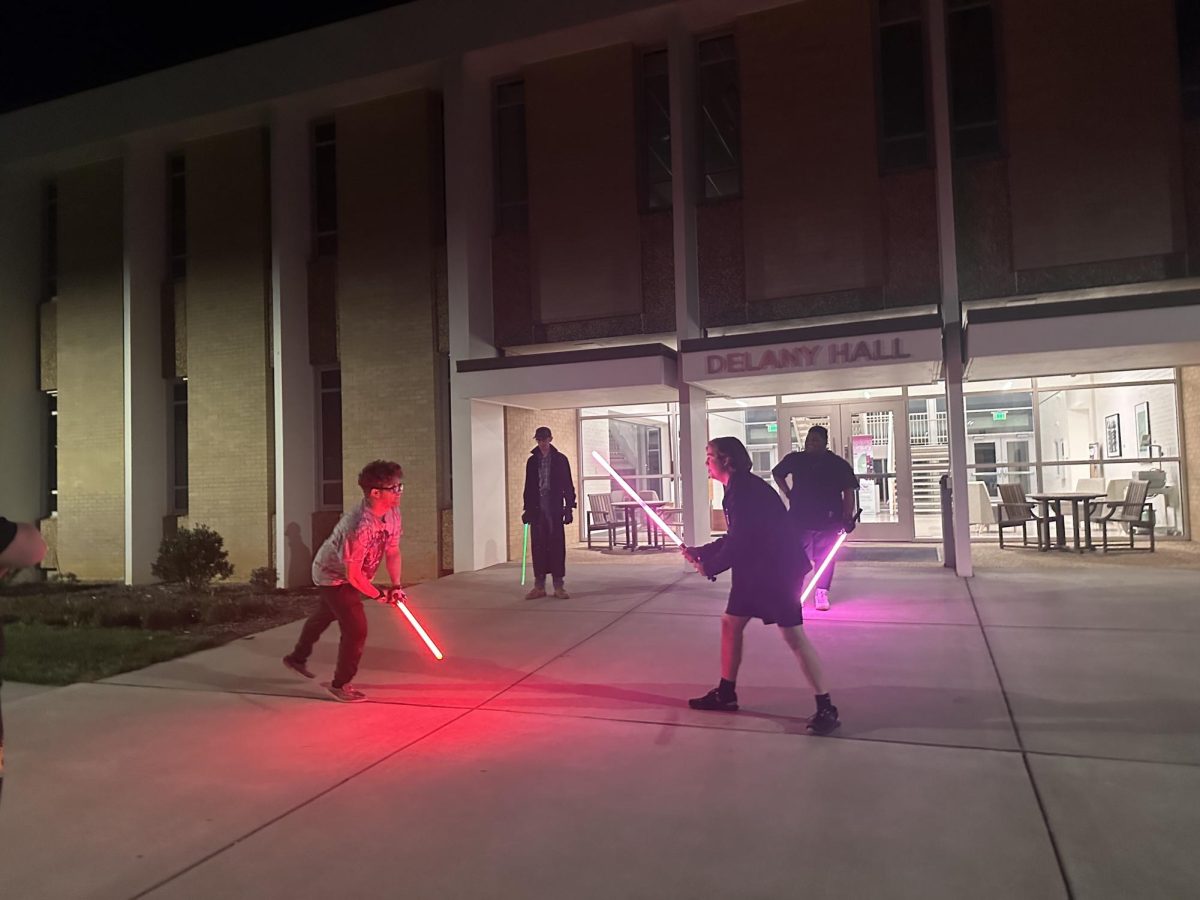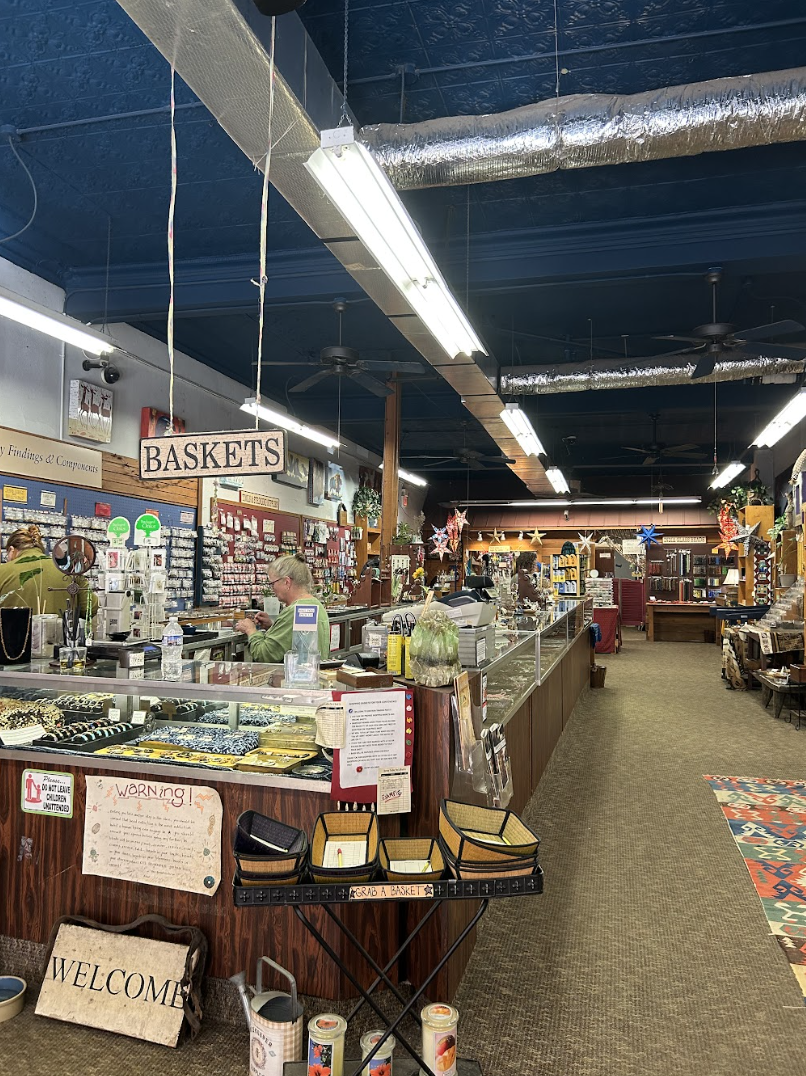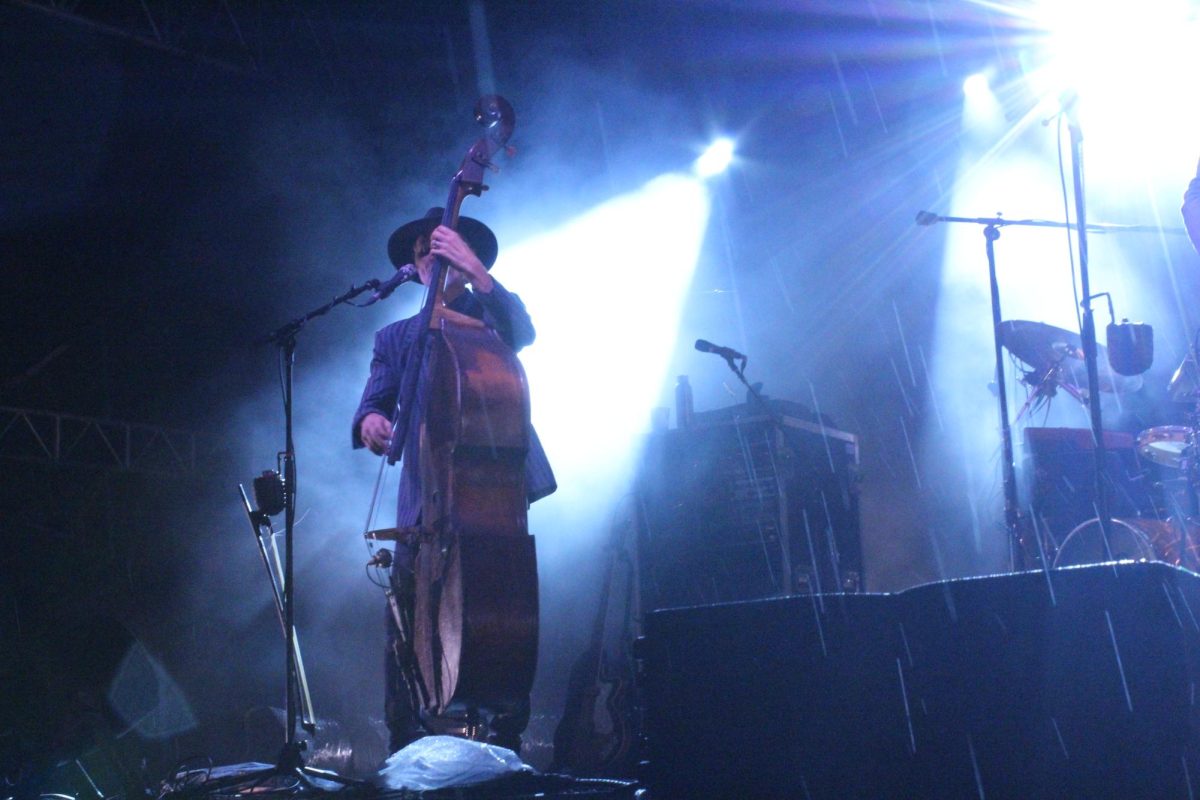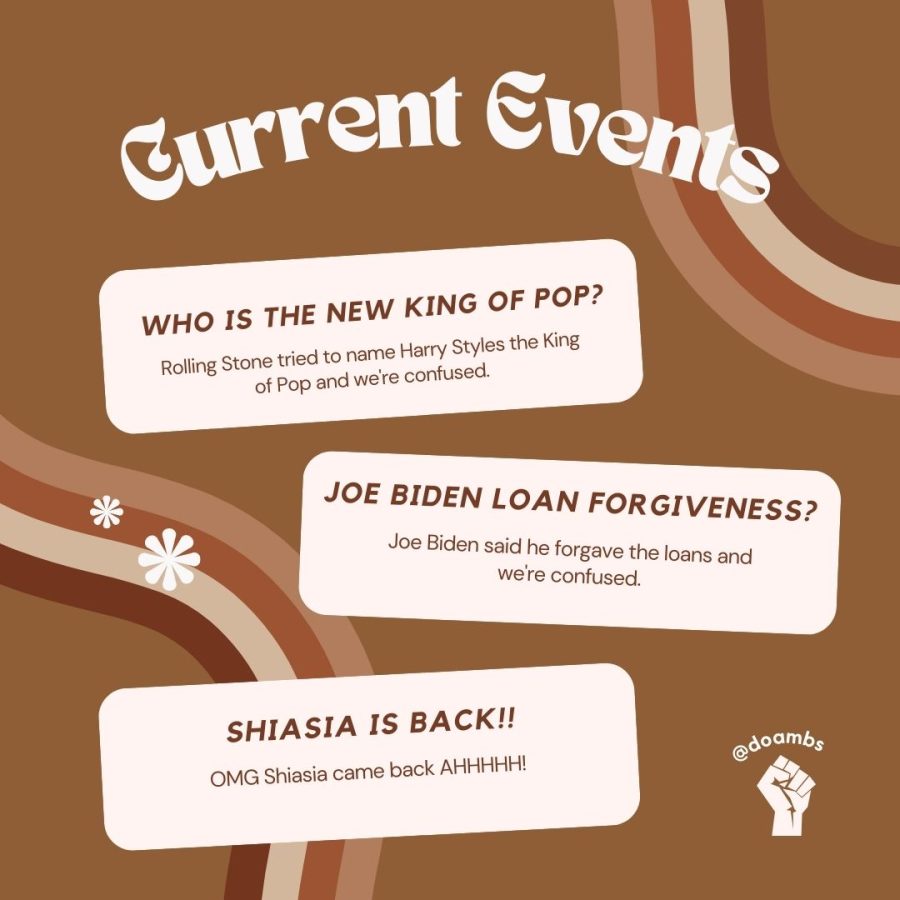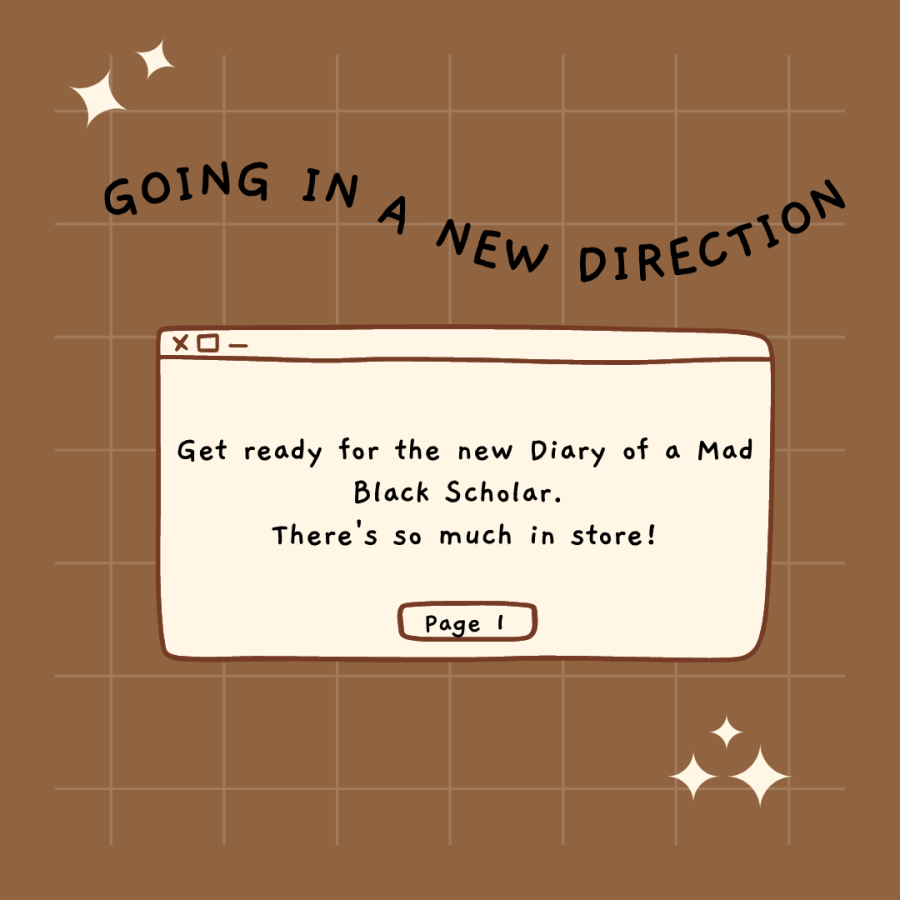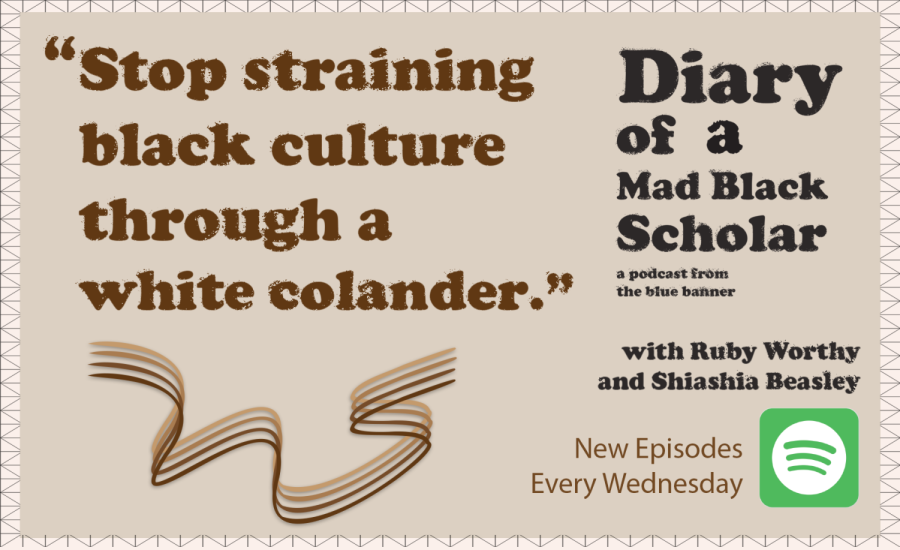
Jonathan Price
Photography Staff
[email protected]
It’s 1:45 a.m. on a cold October night as
sat down across the table in a cramped hotel room. He just finished performing a sizzling two-hour set at Asheville’s notorious Grey Eagle. Although it was only the first night of the tour, he looked tired. Nonetheless he seemed eager to captivate an audience, and to tell his story.
“My dad was into folk music — he was in the church band,” Sweany said. “He had a lot of Pete Seeger records, Gordon Lightfoot, Dave Van Ronk, ya know, white folk revival guys who were really into ragtime and blues. I gravitated toward those records because I had easy access to them.”
In Massillon, Ohio, where Sweany was born and raised, there was not much of a music scene, leaving Sweany to travel to Columbus or Akron to connect with other people who appreciated folk music.
“My dad started taking me to the Kent State Folk Festival, which is where I eventually went to college because I knew there were guitar players around,” Sweany said. “We would sit in and watch these mini concerts take place in conference rooms in the student center, and once I felt confident enough with my musical abilities I would start sitting in with the performers and playing a little bit here and there.”
Although folk music always had a particular hold over Sweany’s songwriting, blues music would eventually transform him as a young musician. Sweany mentioned the time he first remembers being captivated by the blues as a kid.
“There were guys there playing country blues that you just didn’t really hear anymore,” Sweany said. “I decided that was what I wanted to do with my life.”
The blues influences would multiply as Sweany began to dig deeper, buying as many records as he could get his hands on.
“Most of my early musical life was spent playing unamplified blues stuff,” Sweany said. “Piedmont stuff. Delta stuff. Stuff like Mississippi John Hurt, Sonny Terry and Brian McGhee, and even older guys like Blind Blake, Rev. Gary Davis, and then I got into jug band music.”
Of course, Sweany could not stay in Massillon for long, moving to Kent, Ohio in the early ‘90s to attend Kent State as an English literature student trying to find work as a musician at night.
“So I went to Kent State, but I never really had a plan to use my education or how to apply it,” Sweany said. “I was picking up coffee house gigs and restaurant gigs here and there, making, for a 20-year-old, all the money in the world at the time.”
He paused briefly, having anticipated the next question, then spoke about how he met Dan Auerbach of The Black Keys.
“Well his dad, Chuck, had seen me playing around Akron and told me about his son who was really into Hound Dog Taylor. Then Dan started coming around and we would sit in with each other, but we were never really all that close.”
However, their working relationship would last for the next few years, as Auerbach would later record Sweany’s keystone album, Every Hour Is A Dollar Gone.
“He was getting into record production at the time and he really wanted to record us, so we made Every Hour in his house,” Sweany said. “I think this was around the time Rubber Factory was out, so they were really starting to be considered a success. He engineered and produced that. Recorded it in 2006, it came out in 2007. But after that they were living different lives of the rich and famous, so there wasn’t really a relationship beyond that.”
After several years of touring and recording, Sweany packed up and moved to Nashville, Tennessee, where he would fight to have his musical voice heard. However, it turned out things would not be that easy for him in the music city.
“Originally, it was one of the hardest times financially I’ve ever had. Once Nashville exploded around 2011, people began to move in, and I began to know ‘people’ and was recognized by the community,” Sweany said. “It took three years to really get a gig in town. The best of the best are there, so it takes a lot of time and energy to make a name for yourself.”
Living in Nashville turned out to be a great move for Sweany — being one of the few working musicians in town who specializes in country blues and “old time” roots music.
“The one part about me being who I am, the music I do — there’s really no one else doing what I do in Nashville anyway,” Sweany said. “I can’t go see an authentic blues band at all in Nashville. I just don’t sweat any of that anymore because I do what I do, and I mean I feel like people really respect it.”
Things weren’t always so easy for Sweany as a newcomer to the Nashville music scene, as he described how he stuck with his inner voice for his artistic integrity.
“When I got there, I was really intimidated because everyone else seemed like they were so much better at all these other things,” Sweany said. “But what they can’t do is write Patrick Sweany songs. They can’t play my weird songs with country-blues guitar picking, and that whole archaic box that I fit into, so I just don’t worry about it. I don’t have anything to prove to anybody in town. I just do that one little narrow thing really well.”
Recently, Sweany ventured out of the Nashville recording scene to work on his next album at the world-famous Sam Phillips Studios in Memphis, Tennessee. He seemed excited and eager to talk about the yet-to-be-named project, which features many notable musicians and studio engineers.
“We worked out of a place built by Sam Phillips called ‘Phillips Recording’ with the money he made from selling Elvis Presley’s recording contract at RCA,” Sweany said. “It’s been a working studio since 1960 — I mean they recorded ‘Woolly Bully’ there, just tons of stuff. I know John Prine’s ‘Pink Cadillac’’ was recorded there, all sorts of shit all through the ‘60s, ‘70s, ‘80s. Now Matt has been working with the Phillips family, and it an amazing room to work in. All of Jerry Lee Lewis’s country-ish stuff was done there. The piano is even still in the same place it was 50 years ago. It’s just incredible.”
The crew that worked on Sweany’s newest project was just as esteemed as the historic studio they were working out of, some of them even Grammy award-winning artists.
“The guy I wanted to work with, Matt Ross-Spang who is a Grammy award-winning sound engineer, has this Sam Phillips kind of ‘perfect imperfections’ kind of style that he engineers with that I really wanted this record to feel like,” Sweany said. “Dave Cobb, the producer, is Matt’s go-to guy. They have this thing going on that you want your record to sound like.”
The conversation concluded with Sweany reflecting on his performance at the hallowed ground of rock ‘n’ roll — the sacred and humble Sun Studios. The very room Elvis recorded his first songs, where countless other early rock ‘n’ roll stars had made their mark. Sweany became very reverent.
“There was a CBS special program called ‘The Sun Sessions,’ and we did one where my band went down there and they recorded us and filmed us playing our songs in the same room that Elvis, Jimmy Reed, Johnny Cash and Roy Orbison played in,” Sweany said. “I was so nervous. So nervous. Now you’re in the church, and the vibe is definitely there and you want to be respectful and perform well. The album which is still in the works, will be out by this time next year, and will be by design, a very very greasy, groovy record.”
